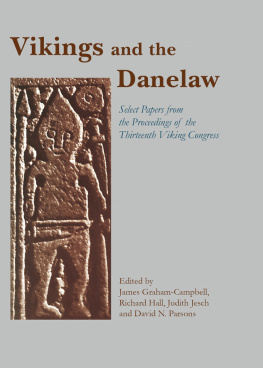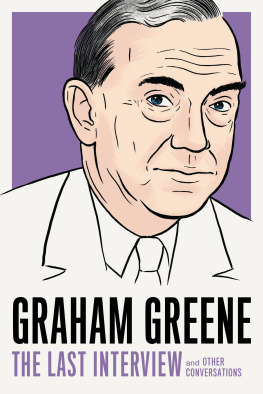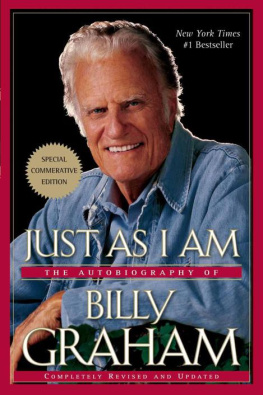Praise of Lydia Sysons
Doctor of Love
I was entranced by Lydia Sysons superb volume... Syson combines a sure grasp of intellectual history with enough awareness of just how much fun her story is. More than that, it shows how the failures and eccentrics of history are often the most intriguing subjects. Scotland on Sunday
Sysons enthralling book offers a new portrait of Graham as an authentic innovator... [An] admirable and engaging book. The Guardian
Syson pins the iconoclastic Graham like a butterfly on the wider canvas of a lively social history. The Times
Lydia Syson investigates the life of this most progressive of quacks in an engaging dash around the credulous and curious world of Enlightenment medicine...This meticulous reconstruction of his journey from obscure apothecary to London society darling is a vibrant portrait of a surprisingly modern world... Her discussion of Grahams methods and influences is exhaustive and often illuminating... Doctor of Love is revealing and funny about early attempts to make a science of sex. Times Literary Supplement
In her canny and erudite new book, Lydia Syson presents Graham as the first sex therapist, showman and entrepreneur. She navigates a tightrope between Graham as huckster and Graham as physician, and in the process raises important questions for the history of medicine. Journal of Medical History
Wordsworth gave us the egotistic sublime, and Graham the sexual sublime; Lydia Syson has given us a highly enjoyable peep from behind the partition at one of the eighteenth centurys weirdest and most wonderful figures. Literary Review
Sysons delightful book will engross readers with its marvellous racy material, delivered with the perfect mixture of contextual understanding and fluid, sprightly wit. The Lancet
Eye-opening. Time Out

ALMA BOOKS LTD
London House
243253 Lower Mortlake Road
Richmond
Surrey TW9 2LL
United Kingdom
www.almabooks.com
First published by Alma Books Limited in 2008
Copyright Lydia Syson, 2008
This eBook edition first published in 2012
Lydia Syson asserts her moral right to be identified as the author of this work in accordance with the Copyright, Designs and Patents Act 1988
eBook conversion by CPI Group (UK) Ltd, Croydon, CR0 4YY
ISBN: 978-1-84688-226-5
All rights reserved. No part of this publication may be reproduced, stored in or introduced into a retrieval system, or transmitted, in any form or by any means (electronic, mechanical, photocopying, recording or otherwise), without the prior written permission of the publisher.
This book is sold subject to the condition that it shall not be resold, lent, hired out or otherwise circulated without the express prior consent of the publisher.
DOCTOR OF LOVE
Prologue
In 1780, James Graham was turning away carriages from his door on a nightly basis. He had London eating out of his hand, and images of the Doctor were everywhere on stage, in the print shops, in the newspapers and on the streets. A Swedish visitor who sought him out said he kept the finest carriage and horses in the whole city, and seemed to see into the heart of every Englishman. I am... not only a doctor of medicine, but a physician of the soul, claimed Graham. At the Temple of Health, overlooking the Thames, he ran the most exciting show in town. He had apparently succeeded in translating sexual knowledge into polite and rational entertainment.
Walking into the Temple was like entering the inner chambers of some enchanters palace. Exotic perfumes and distant music seemed to seep as if without source into every room, and rainbow shards of light shining from one mysterious machines prismatic pillar fractured in the spiralling glass columns of another. Glittering festoons of artificial flowers were mirrored in every shiny surface. A profusion of candles burning in silver-and-rhinestone candelabra added the scent of beeswax to an already heady atmosphere, designed to appeal to every sense. Meanwhile Graham had had a field day with a newly published guide to symbolism. Every crowing china cock, every rabbit, every mule, every fake stained-glass window pane radiated allegorical significance. Here was a bust of Hippocrates, here Cupid, here Galen and there a salamander, a phoenix or a sphinx.
The vast and unmistakably phallic electrical conductor in the first room needed no interpretation though. This metal cylinder, eleven feet long and four in circumference, was suggestively described as ending in two semi-globes. It rested on six-foot-high pillars of intricately cut glass, reflecting and refracting all the coloured lamps and candles to dazzling effect. On metal shelves running its length glowed an enticing selection of the tools of Grahams trade: jars, vessels and phials filled with mysterious healing essences, supposedly impregnated with the electrical, magnetic and aerial forces which the Doctor claimed at his command.
On the other side of the room a six-foot sparkling golden dragon appeared to fly, its wings outstretched, eyes ablaze and forked crimson tongue extended to receive the lambent elementary fire. The electrical charge passed, visibly and loudly crackling, along the creatures scaly body and out through its tail. Connecting with the huge conductor, the charge continued along polished brass rods entwined with silken cords to activate a ten-foot-high throne, where crimson-flowered damask cushions could seat six or eight people for simultaneous treatment. Another five rooms displayed an equally eye-catching cornucopia. Everywhere, glass structures glittered and spiralled. The most stylish new techniques of the decorative arts did not just lend glamour to the latest inventions of natural philosophy. They were fundamental to the way Grahams Temple was constructed and construed. In the holy of holies, the Grand Apollo Chamber, the Doctor lectured an enthralled public.
Electricity was the most thrilling and visible of the scientific developments of the Enlightenment, an Entertainment for Angels, rather than for Men. In a candlelit world, the drama of experiments involving showers of phosphorescent fire, liquids set alight and luminous bodies could hardly fail to bewitch the public. Extraordinary looking machinery generated static electrical fire by applying friction to hand-cranked spinning glass globes, cylinders and plates. The long tubes wielded by popular electrical demonstrators were uncannily like conjurors wands, reinforcing the magical and miraculous air of this exciting new form of pyrotechnics. There was no escaping what else they resembled. Satirists and writers of erotica were quick to make the obvious associations, capitalizing delightedly on the newly familiar terminology of electrical fluids and friction, the principles of attraction and repulsion, and the erections of human fibres.
James Graham took this several steps further, and he was perfectly serious. He firmly believed that the venereal act itself, at all times, and under every circumstances, is in fact, no other than an electrical operation. It seemed to make every sense. Those heart-piercing and irresistible glances which shoot at critical times from soul to soul were no other than electrical strokes or emanations! Just as electricians had to charge up their capacitors, so the animal electrical tube or cylinder needed to be excited for the accumulation, or mustering up of the balmy fire of life!... Then follows the discharging, or passage of that balmy, luminous, active principle, from the plus male to the minus female. These are all mere, plain, demonstrable, electrical processes. In Grahams mind and in the lectures with which he shocked and entranced an aristocratic Georgian public, the fleshy-looking leather pad against which the glass of electrical machines rubbed as it rotated became a grotesque image of a womans genitals. Both women and machinery were said to operate most effectively when pristine. Today cosmetic surgeons offer to rejuvenate womens sexual organs on the operating table. In the 1780s Graham promised that a combination of scrupulous hygiene and judiciously applied electrical fire could do much the same thing.
Next page












